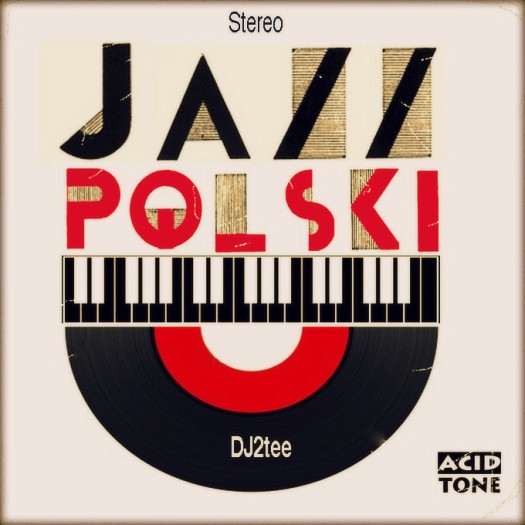After the second world war ended in 1945 Poland was firmly in the iron grip of Stalinist Russia. Music forms such a jazz were considered degenerate and were forced underground. Jazz became a symbol of resistance against an oppressive regime and small gatherings would meet to play records smuggled across the border, or to listen to jazz on the radio broadcast from other European countries. After Stalin’s death, things became more relaxed and jazz was accepted as a legitimate art form. The first “legal” jazz event took place in Krakow in 1954, followed by the first official jazz festival in Sopot in 1956. Since then, regular jazz festivals have become common place in Poland.
During the 1960s, Polish jazz exploded into a more refined art-form. Whilst many Dixieland imitators continued their traditional path, other musicians followed a more diverse route, embracing mainstream and free jazz. Artists such as Komeda, Kurylewicz and Trzaskowski, became leading figures in the 60s Polish Jazz scene. Others, such as Tomasz Stanko, took the free-jazz route. Stanko’s band “the Jazz Darings” is widely considered to be the first European free jazz combo. Poland during this period developed a whole host of world class players. Significant figures such as: Wlodzimierz Nahorny, Andrzej Przybielski, Helmut Nadolski, Zbigniew Namyslowski, Jacek Bednarek, NOVI Singers, Czeslaw Gladkowski, Mieczyslaw Kosz and Zbigniew Seifert.
During the 1970s Polish jazz absorbed many new influences. Jazz funk and jazz fusion and electronic elements entered into the equation and artists such as Michal Urbaniak became international figures on the world jazz stage. Michal Urbaniak’s album “Fusion” released in 1973, seamlessly melded Polish folk elements and Slavic inflections with American jazz. By the late 1970’s a sea change began and new musicians emerged to take on the establish jazz musicians.
During the early 1980s a movement known as “the Young Power” emerged. Players such as Krzysztof Popek, Janusz Grzywacz, Krzesimir Debski and Jarek Smietana questioned the established order. But ironically as the decade wore on, quickly became absorbed back into the mainstream. Despite this, a thriving undergound jazz scene existed where lesser known musicians challenged the accepted orthodoxy. Politally in Poland the 1980s were a time of termoil that led eventually to the formation of the independent trade union “Solidarity” (“Solidarność”).In 1989 Poland’s first partially free and democratic parliamentary elections since the end of the Second World War took place. This erosion of the dominance of the Polish Communist Party opened the door to a new era of freedom for the jazz community. A new diversity blossomed into the current Polish jazz scene. Many of the old be-boppers are still playing, whilst artists such as Stanko still challenge the accepted idea of jazz. New player have emerged, bands such as Pink Freud, four young musicians from Gdańsk, explore new areas of improvisation, inspired not just by jazz, but by rock, folk, jungle, drum’n’bass and dub-step.
For a relatively small country, Poland has a remarkably large jazz scene. Quite why it developed the way it has, is difficult to define. Perhaps communism, rather than repressing jazz actually cultivated it. When an art form is considered decadent and underground, there is something appealing about it. The lure of the forbidden is something we all experience. The danger now for Polish jazz is the sanitising influence of capitalism. The accountants want something they can sell to the mass market. Forms such as Free jazz is not at the top of their agenda, everything nonmarketable gets repressed, whithers away or goes underground. Hopefully, as Poland weathered communism, it can weather the free market and its remarkably fine jazz scene can continue to grow and prosper.
For my take on the Polish Jazz scene – you can listen to a mix of some of my favourite artists on Mixcloud. http://www.mixcloud.com/tony-todd/the-story-of-polish-jazz/ The mix embraces everything from Polish be-bop to Polish hip-hop and everything in-between. It really is but a taster and I suggest you investigate further – there really is a treasure trove waiting to be explored.
For more information check: http://polish-jazz.blogspot.co.uk/


